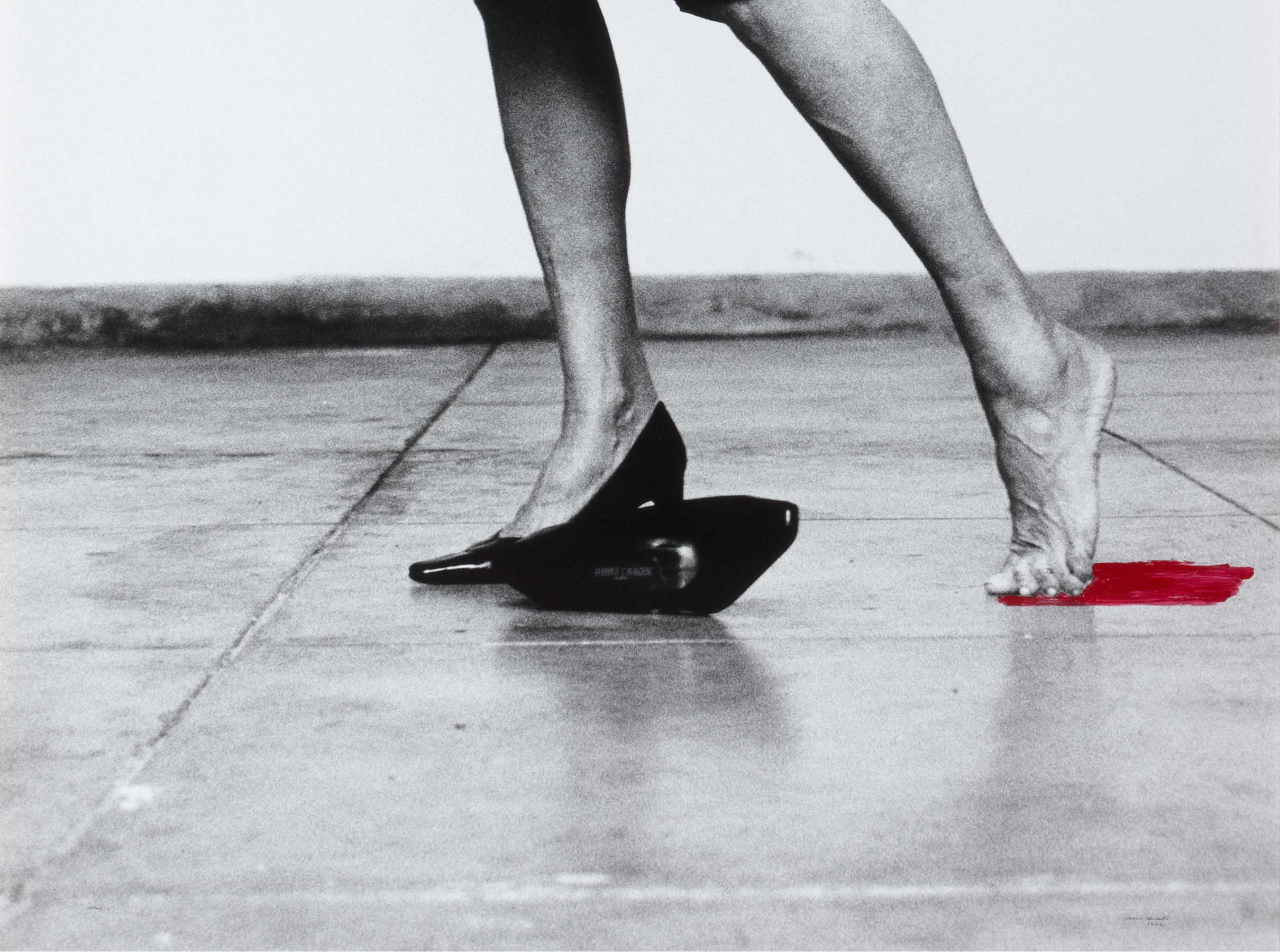El presente es nuestro nº 4 [The Present is Ours No. 4]
- 2018
- Rubber and pencil drawing on paper
- 21 x 21 cm each
- Cat. D_428
- Acquired in 2024
- Observations: Work composed of 40 drawings.
The Present is Ours No. 4 is a piece that longs for a time that was possible and expansive, a time when ancient peoples observed everything around them, inhaling and exhaling deeply. It was a time when the wisps of breath were cradled in clasped hands and offered to the morning, to the sun, to the rain, to the seeds, to the griddle, to the hoe, and more. Ka kawij – the wisp of breath offered to touch one’s own life and that of others – as the artist did when he was a child. It is a longing for the past, for the time before the relentless measurement and confinement of time into 24 hours, 1,440 minutes, 86,400 seconds. The time before clocks was one that never ran out, that did not smother; a time that flowed with the sunrise, with the observation of the position of shadows, of clouds and their contours; with the wind that whispered of tomorrow’s events; with the flight of birds that augured rain; with the darkness that lulled one to sleep; and with dreams that perhaps gave time a rest. For dreams have neither present nor past, and their future is only a possibility. Who wouldn’t want to stop measuring time by timetables, by starting and finishing times, by time spent in traffic, by time as money, by exhaustion, by time spent having no time?
This work recalls how children perceive time. The almost round, perhaps square shapes in their attempts to draw clocks are “a kind of rebellion by children against imprisoning their time. Their drawings have no defined borders, figures are flexible, a bit round, a bit square,” says Ángel Poyón.
The flexibility of time in The Present is Ours alludes to everyday life before 1970, to the days before industrialization and the schizophrenic measurement of time had reached Comalapa. “In our parents’ time, work wasn’t limited to exactly eight hours. What you did during the daytime was guided by observing the sun, the weather, the sunset. They didn’t have a clock that dictated it was 4:00 p.m. and time to stop working, they finished at 4:15 or 4:30, they owned their time, ta ya jun qij jun samaj, a day’s work is while the sun’s up,” recounts the artist. Fatigue, stress, and punctuality were not quantified and monetized measures of time-effort-traffic-health before 1970. People had daily rituals, not survival routines in their day-to-day lives.
The rubber that outlines the almost-round and almost-square shapes in the work is a metaphor for flexible and multifaceted time. The flexibility and multiple forms of rubber reflect that it is possible for time to be experienced as a variable: while its existence is constant, the way it is lived is infinitely unpredictable – it stretches, it shrinks, it goes, it returns, it exists, and it is dreamed, just as described in the stories of the Pop Wuj. In the story of Pop Wuj, the mythical hero twins play with rubber balls that, in their bouncing, annoy and disturb the lords of Xib’alb’a, the underworld. This work, the artist notes, “is not a piece meant to last for centuries and centuries, rubber deteriorates over time. This piece is a metaphor for skin, as it cracks, it ages, it lives its time, it builds memory through the little bars of the clock it holds. How long it will last can’t be calculated, it lives and has its own time.” The longevity of the piece is like a grandmother for the Kaqchikel people, it must be cared for and we must learn from it through its silences and anecdotes. The curators are now its family: its life, until its inevitable transcendence, depends on their care.
Other works by Ángel Poyon Calí

![El presente es nuestro nº 4 [The Present is Ours No. 4]](/f/webca/INF/assets/img/fff.png)